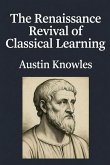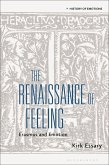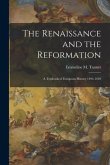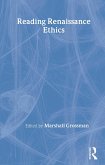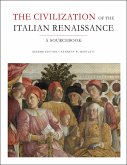Includes bibliographical references (p. 152-156) and index.
At first glance, the Renaissance and the Reformation--two movements (one cultural, one religious) that defined Europe from 1400 to 1600--may appear to be polar opposites. The Renaissance found scholars and artists celebrating the beauty and splendor of the material world, while the Reformation saw Protestant and Catholic religious leaders and their followers focusing on eternal salvation. However, there were actually striking similarities between these two worlds. For instance, while both Renaissance artists and Reformation pastors originally desired a return to a "golden age" of the past, they both ended up creating something very new instead.
At first glance, the Renaissance and the Reformation--two movements (one cultural, one religious) that defined Europe from 1400 to 1600--may appear to be polar opposites. The Renaissance found scholars and artists celebrating the beauty and splendor of the material world, while the Reformation saw Protestant and Catholic religious leaders and their followers focusing on eternal salvation. However, there were actually striking similarities between these two worlds. For instance, while both Renaissance artists and Reformation pastors originally desired a return to a "golden age" of the past, they both ended up creating something very new instead.


